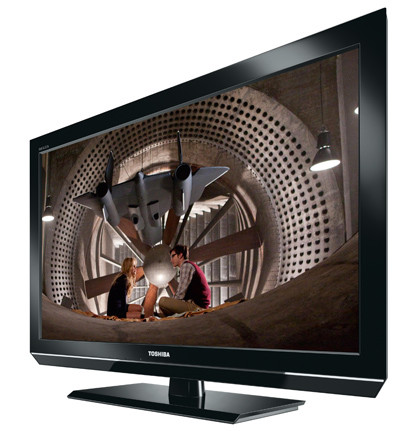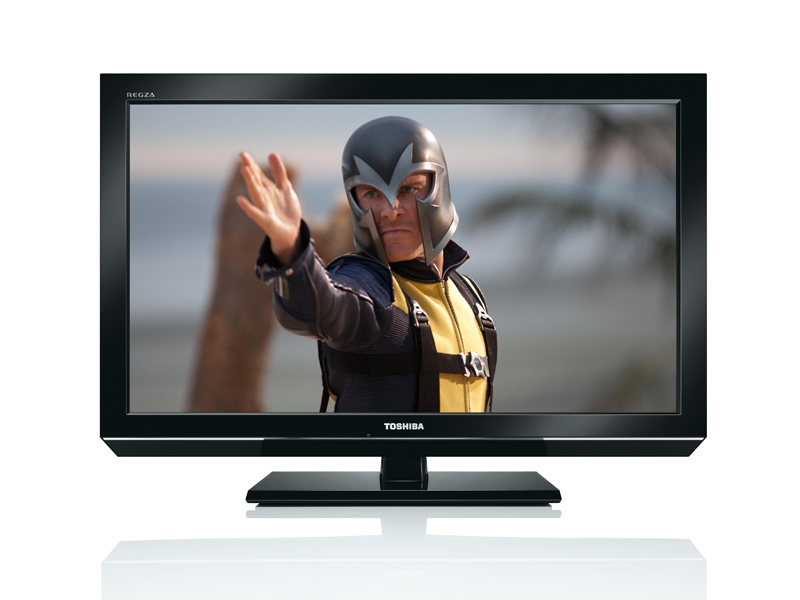Why you can trust TechRadar

Sound
The 32RL853 disappoints when it comes to its audio. The two 10W speakers struggle to deliver any warmth or mid-range to sonics; the overall sound is tinny, reedy, raspy and a million other adjectives ending in 'y', particularly if volume levels are high.
There's little in the way of tweaks for owners to improve things, either. There are two modes - Dual 1 and Dual 2 – though the difference between them seems marginal. Beyond that, you have to make do with treble and bass adjustment, voice enhancement and stereo extension. The latter does widen the soundstage a touch, but upping the bass level is definitely recommended.
Dolby Volume is present for those who hate the volume jumps between TV shows and advert breaks.
Value
Anyone looking for a 32-inch TV has a smorgasbord from which to choose, particularly around the £450 mark. Judging the 32RL853's value is tricky, because it depends on how low you can find it selling for - a price reduction of as little as £50 may be enough to promote it to the top of your wishlist.
Secondly, Sony's KDL-32CX523 is definitely the TV to beat in this market and the value of Toshiba's 32RL853 will depend on which holds the greater attraction – the VOD content, smartphone control and USB recording of the Sony, or the potentially superior picture quality (if you have the patience to tweak it) of the Toshiba.
Sign up for breaking news, reviews, opinion, top tech deals, and more.
Ease of use
Setting up the 32RL853 is an easy, one-man job. The screen's 8.6kg weight means that you can practically lift it one-handed, and attaching it to its desktop stand took all of five minutes (two of which were spent trying to get the screws out of their dinky plastic bags), thanks to the supplied Allen key.
Once on, Toshiba's onscreen wizard guides you through basic setup, where you choose your location and language, home or store mode and whether you want the AutoView mode on. Finally, it scans for channels from the Freeview HD tuner.
All of this is done via the handset, which, while sensibly laid out, is far bigger than it needs to be and feels plasticky. Pressing some of the buttons results in an irritating clicking noise, which takes some getting used to.
Navigating the menus is straightforward, thanks to their distinctly unflashy approach (apart from some colour graphical icons that are far too small) and the fact that unavailable options are greyed out - for instance, if the 32RL853 isn't connected to your network, then iPlayer and YouTube icons aren't highlighted.
One thing hampering the 32RL853 in usability terms is its woefully sparse manual. Toshiba is persisting with its policy of supplying basic user manuals with its screens and making the more in-depth ones available online (www.toshiba-om.net) as part of a drive to reduce its CO2 footprint. That's great for the polar bears, but not ideal considering the wealth of picture tweaks this screen offers that may confuse owners.
Current page: Toshiba 32RL853: Sound, value and ease of use
Prev Page Toshiba 32RL853: Picture quality Next Page Toshiba 32RL853: Verdict